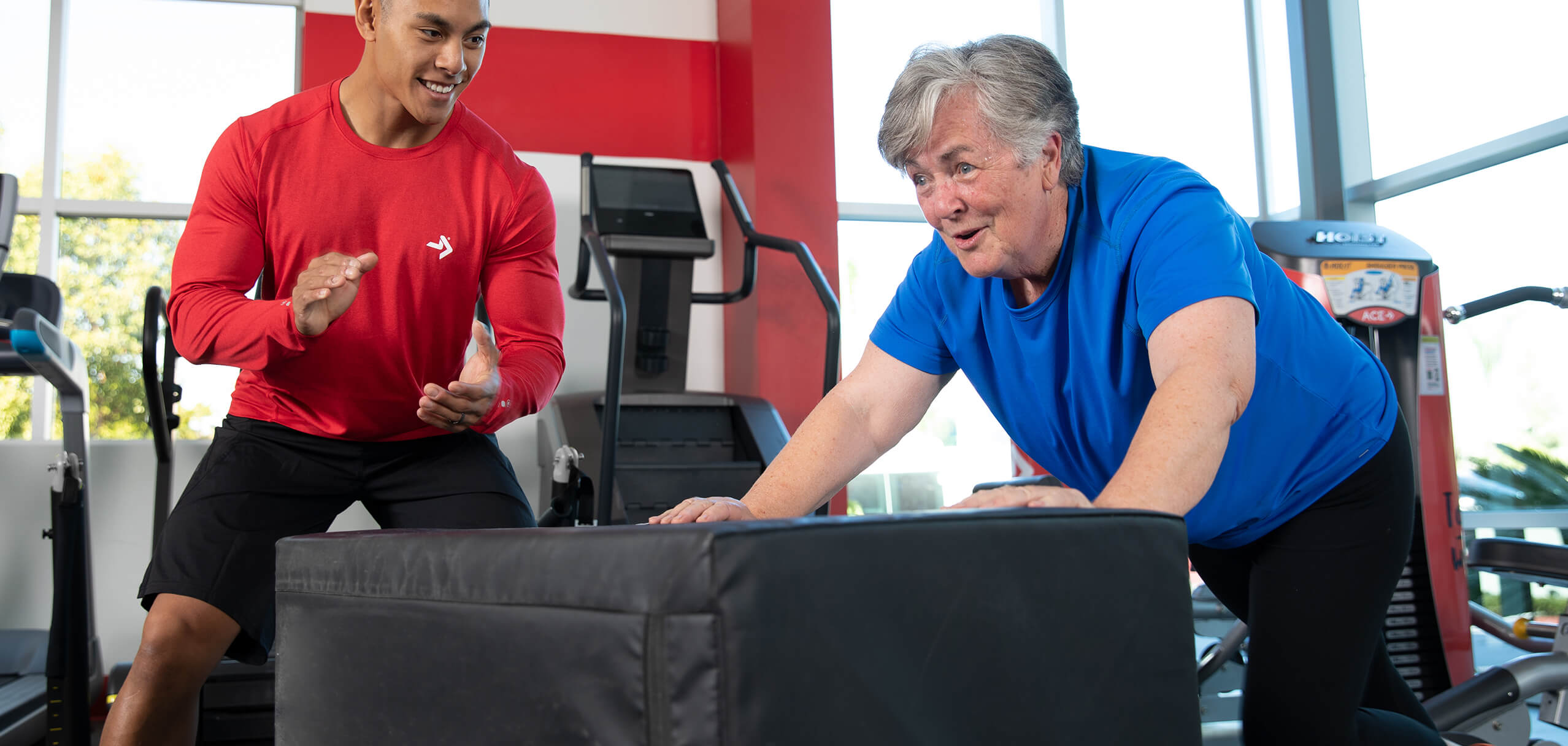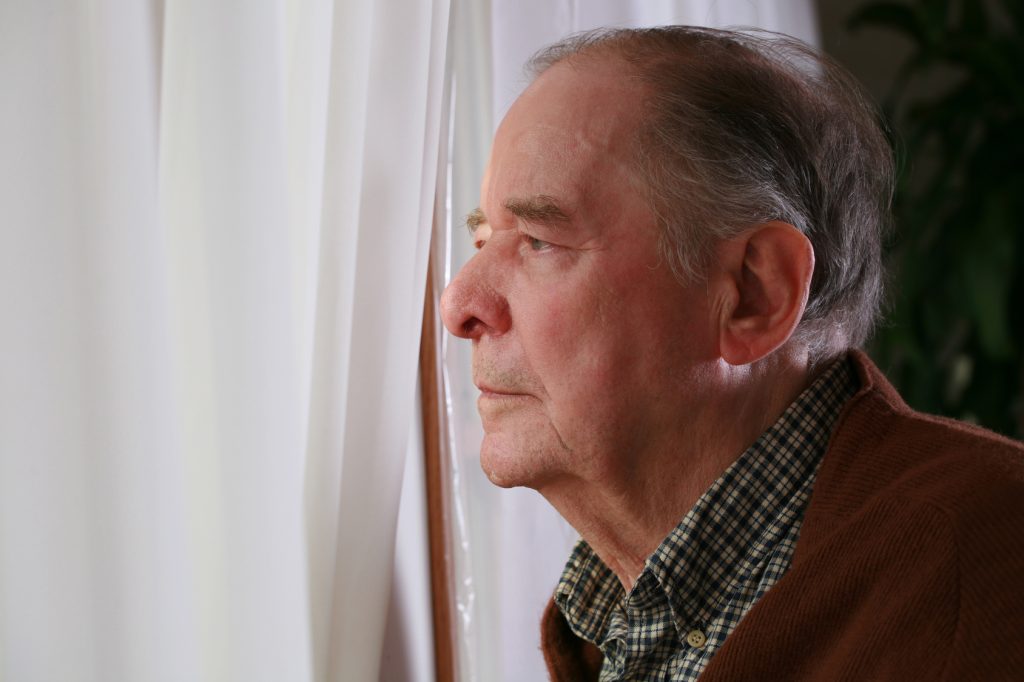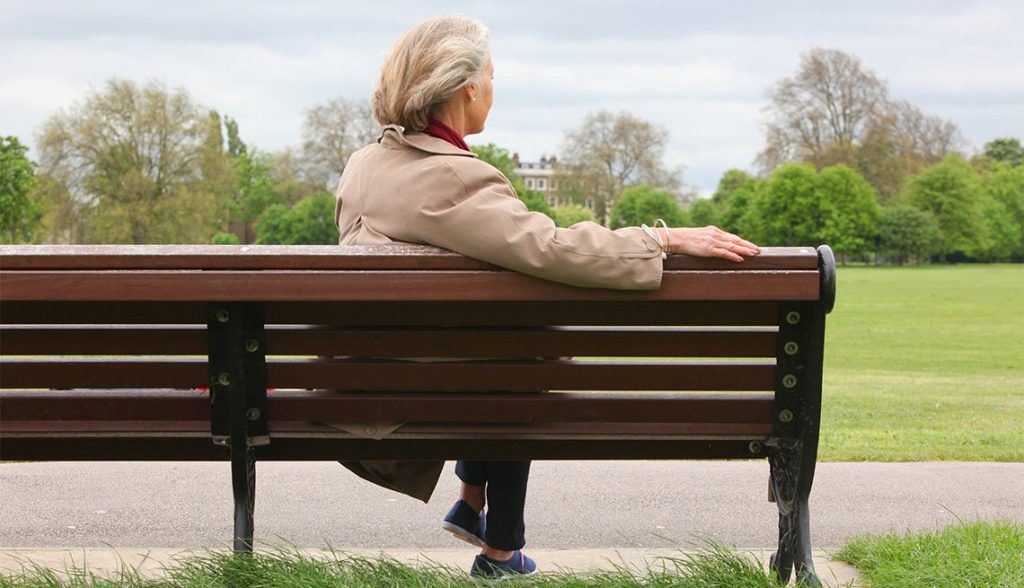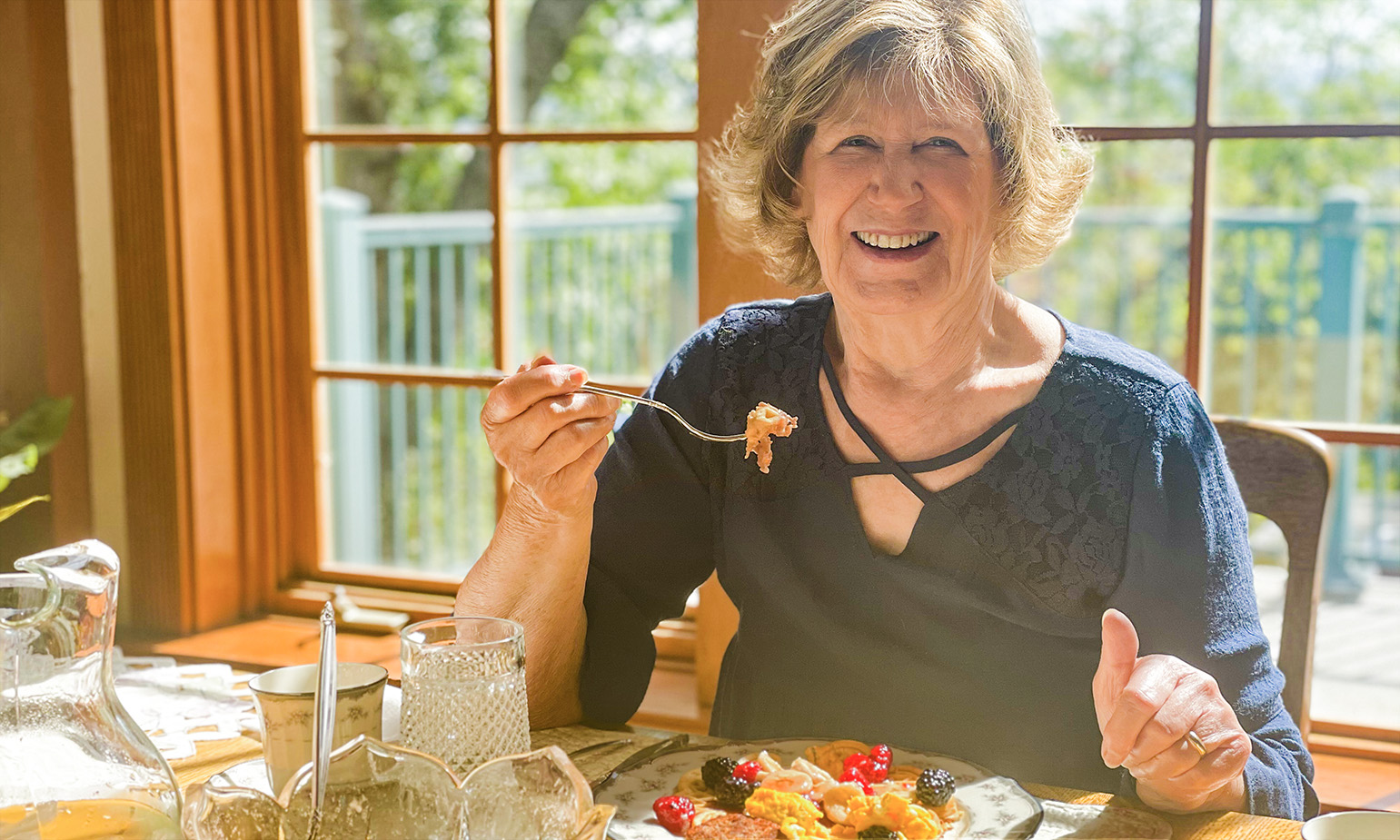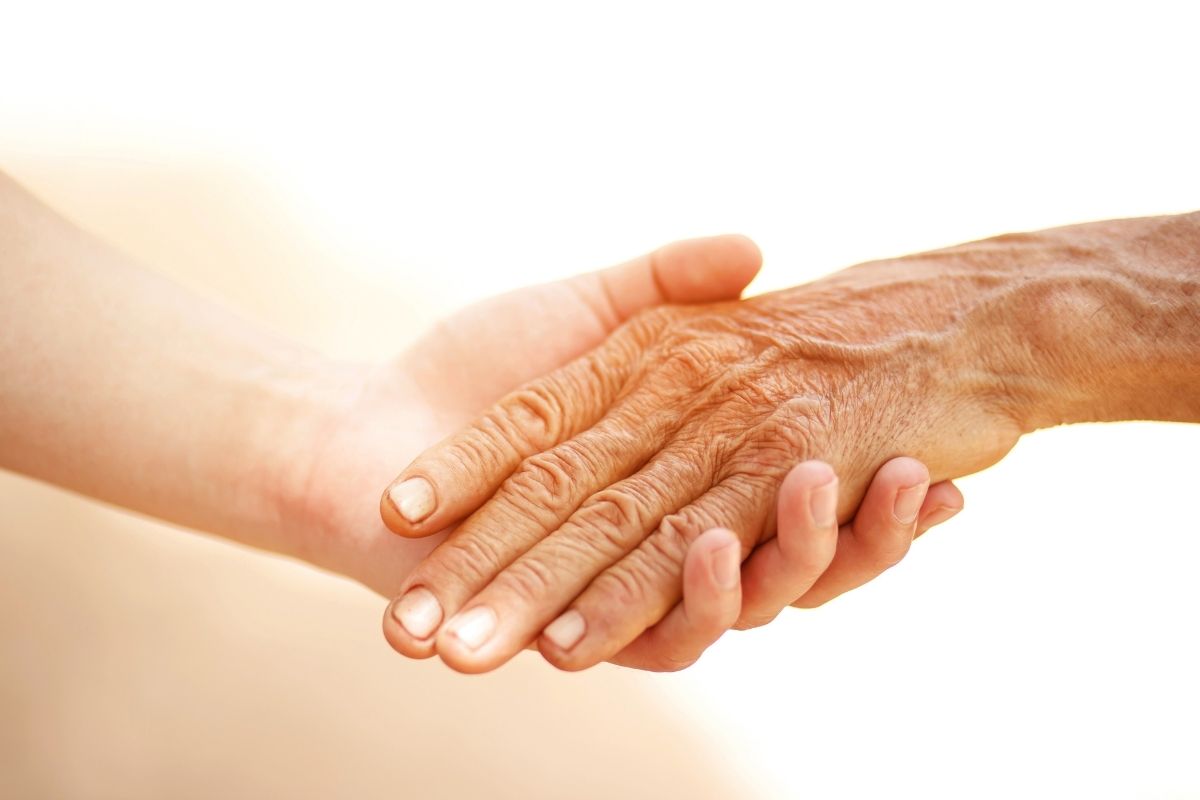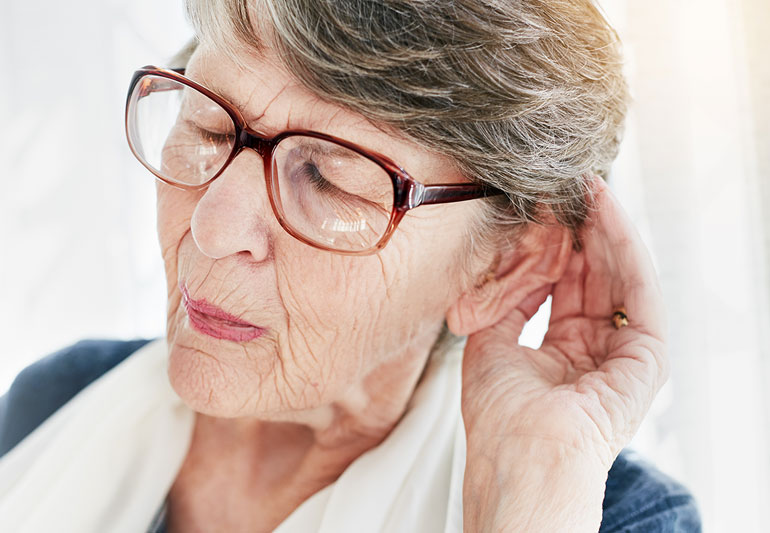There are several exercises for elderly people that are beneficial for their health and well-being. Moderate aerobic exercise is ideal for seniors and should be done for at least 2.5 hours per week. In addition, seniors should include strength training at least two days a week, and should focus on balance and flexibility every day. They should also warm up for at least five minutes before starting any exercise, and should cool down by stretching for five minutes afterward.
Exercise improves quality of life
Research of wilmacliving.com shows that regular physical activity improves the quality of life of elderly people. Physical activity also helps prevent many chronic conditions, including cardiovascular disease. It also helps reduce symptoms and slow cognitive decline. It is also associated with a higher self-esteem and better mood. Other benefits of physical activity include improving sleep, increased energy, and reduced risk of stress and clinical depression.
Exercise helps older adults stay mobile and strengthen their bones, making it more difficult for them to fall. The physical activity also helps them maintain their balance and coordination. Moreover, it increases their social life and reduces the risk of isolation and loneliness. Older adults feel more fulfilled when they have social activities to engage in.
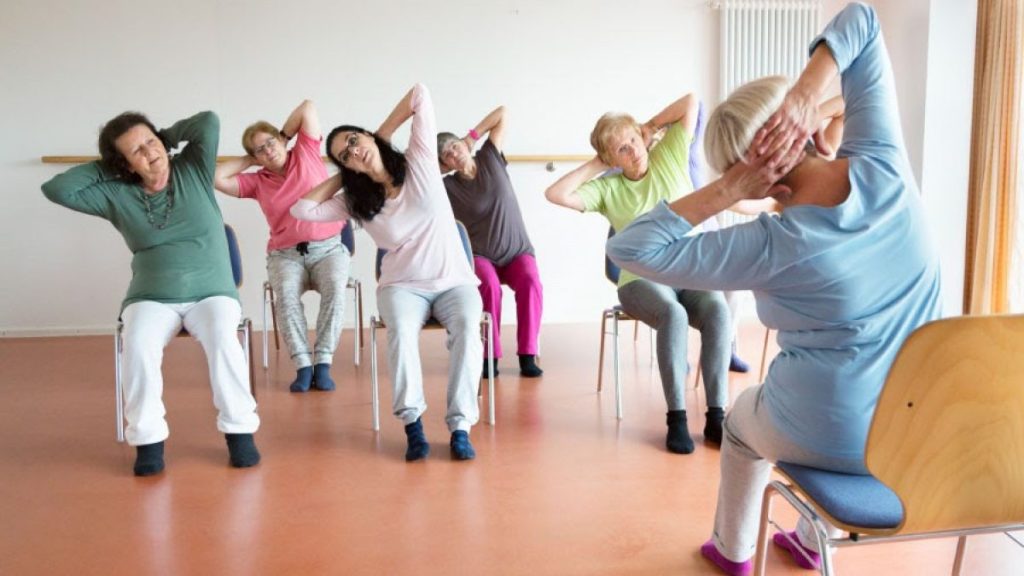
Related: Introduction to Social Issues Affecting Older People
Strength training prevents bone loss
Strength training is a proven method for maintaining bone health and preventing bone loss. This method is based on the progressive resistance training principles, which have been shown to improve bone mineral density. The program should include a variety of exercises that increase lower-limb muscle strength. It is also important to incorporate training characteristics that are known to improve bone and muscle health.
Strength training exercises are primarily weight-bearing exercises, which force the body to exert force against gravity. These exercises include weightlifting, walking, hiking, climbing stairs, dancing, and tennis. Non-weight-bearing exercises, on the other hand, can improve cardiovascular health and muscle strength but are not as effective at preventing bone loss. It is also important to consult with a physician before starting an exercise program. Ideally, a program should involve at least 30 minutes of physical activity per day.
Cardiovascular exercise lessens fatigue
Cardiovascular exercise increases the heart rate and blood circulation in the body. The exercise also helps improve lung and cardiovascular system function. It also enhances sleep and mental health. It reduces fatigue and improves metabolism. This type of exercise is very effective for the elderly. You should start with the simplest form of exercise and gradually increase the intensity over time.
While there are many types of cardiovascular exercises, the most common is aerobic exercise. It uses a large muscle group to get the heart pumping. This type of exercise can leave you short of breath but also increases energy levels. Walking, jogging, brisk cycling, rowing, tennis, and dancing are examples of aerobic exercises. These activities reduce fatigue and promote independence. In addition to aerobic exercise, you can also add strength training to your exercise regimen. Strength training involves exercising with external resistance at a higher speed.

Resistance training boosts immunity
The results of this study show that resistance training improves immune function in elderly people. It also improves muscle mass, strength, and function. Researchers hope to continue these findings through the rest of the study’s follow-up period. In the study, participants performed resistance training for 10 weeks. In addition, they were given a nutritional supplement known to boost immune function and prevent muscle loss.
The immune benefits of regular physical activity are apparent and can last a lifetime. However, the level of intensity and frequency of the exercise routine are important. Researcher Jim Beitzel, a clinical athletic trainer at Northwestern Medicine’s Athletic Training & Sports Performance Clinic, found that participants who performed resistance training five days per week had fewer sick days than those who did not.
Exercise improves mood
There is an association between exercise and improved mood in the elderly. Researchers have found that chronic physical activity improves the mood of older adults. They also found that exercise increases energy levels and decreases fatigue. The authors noted that even six minutes of physical activity daily can improve mood. Therefore, exercise is an important way to improve mood in older adults.
The benefits of exercise for elderly people are numerous. Aside from improving physical health, it also improves the quality of life. It has been shown to enhance cognitive health, including working memory, episodic memory, executive functioning, and attention span. Older adults are often affected by memory issues and can experience loneliness and depression. Exercise improves the mood of older adults and helps them feel better about their lives.
